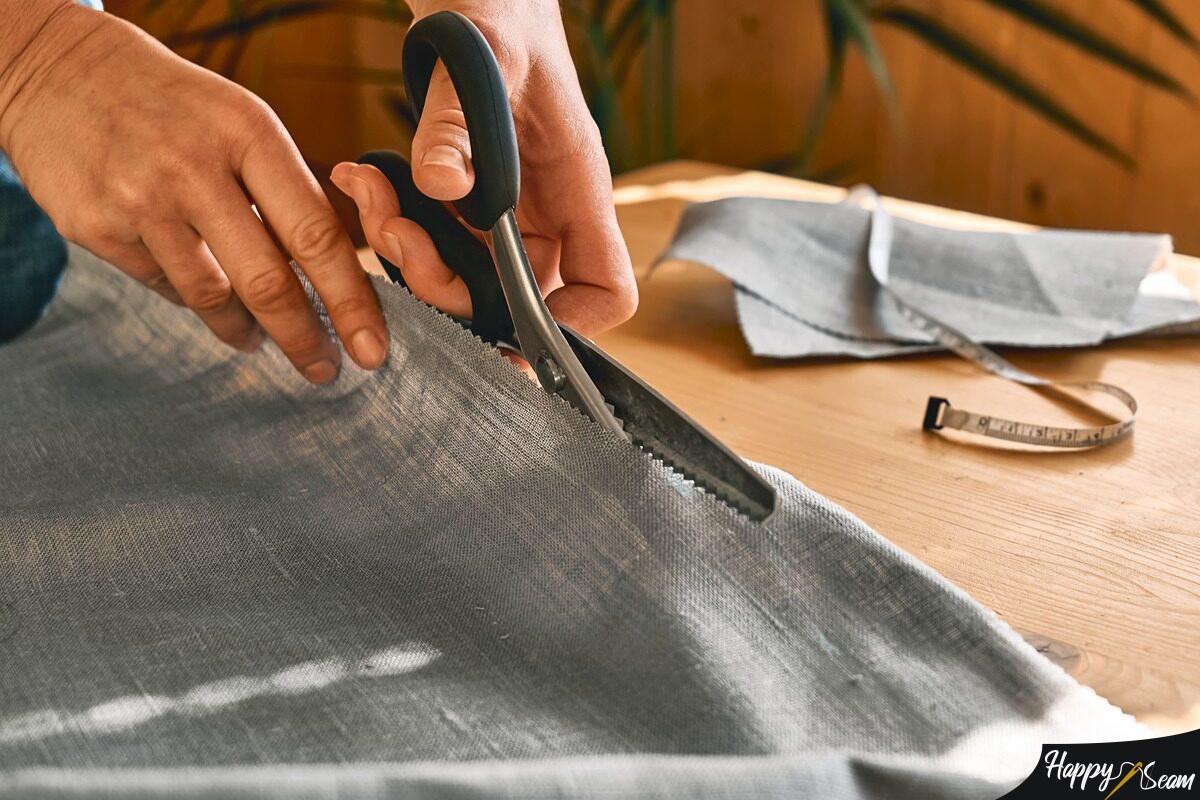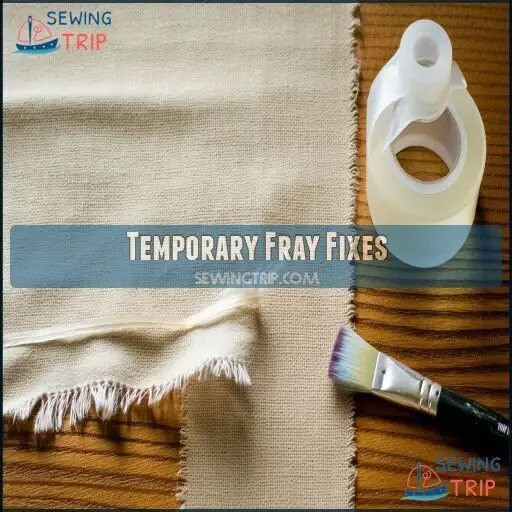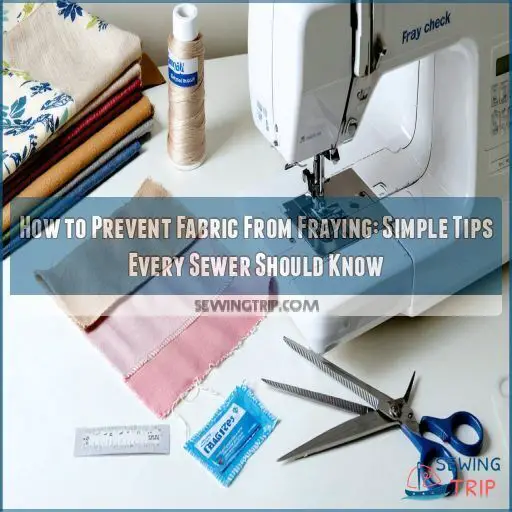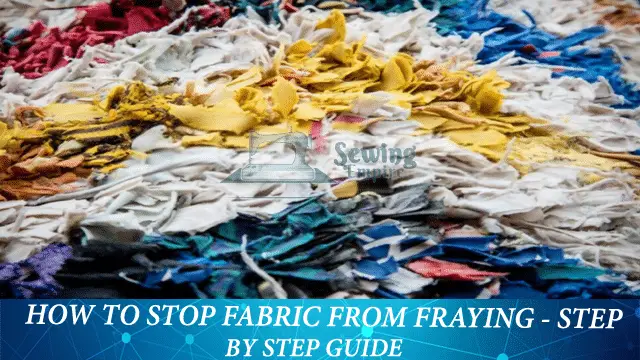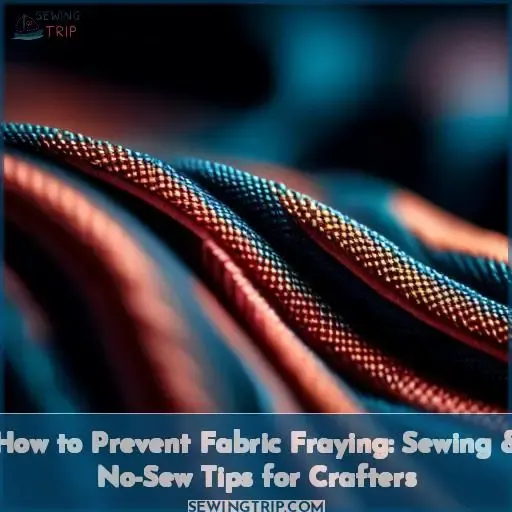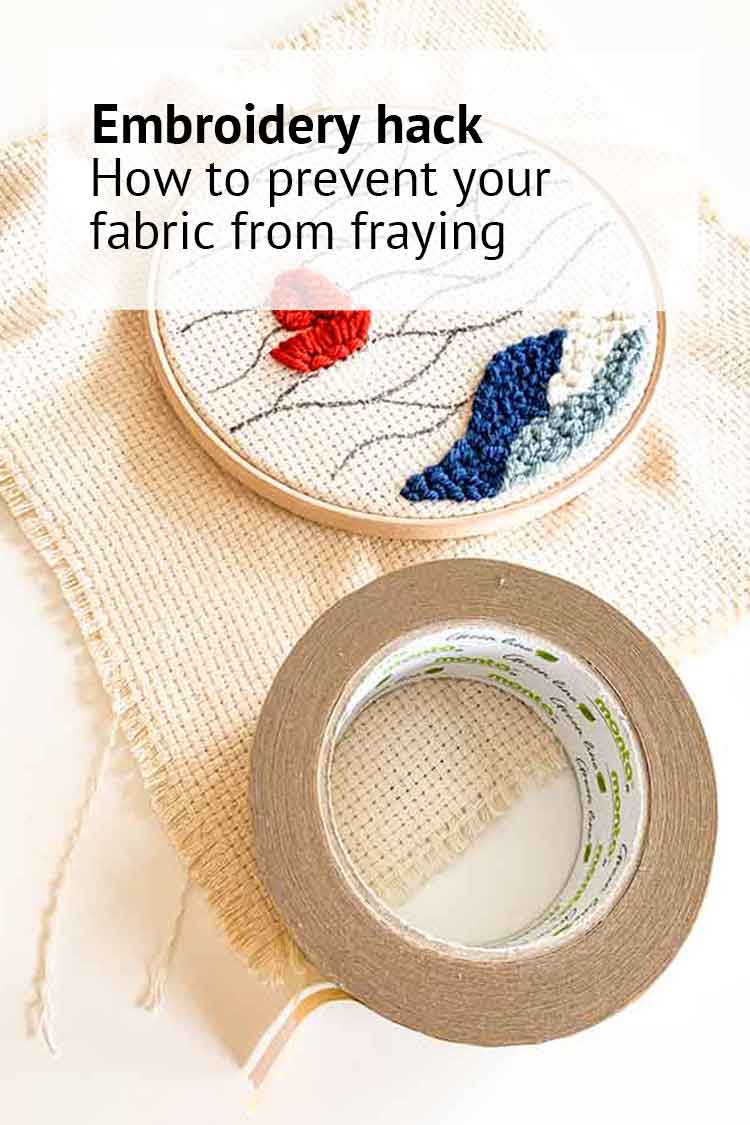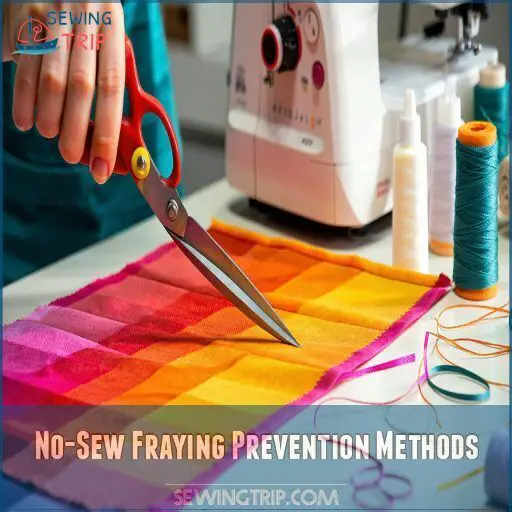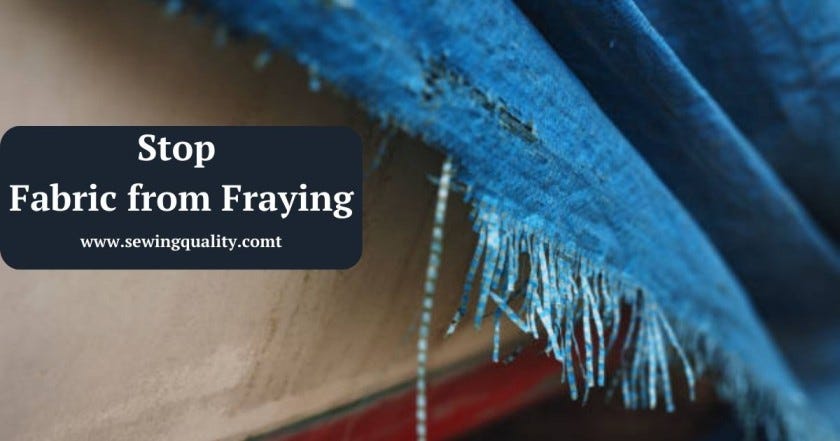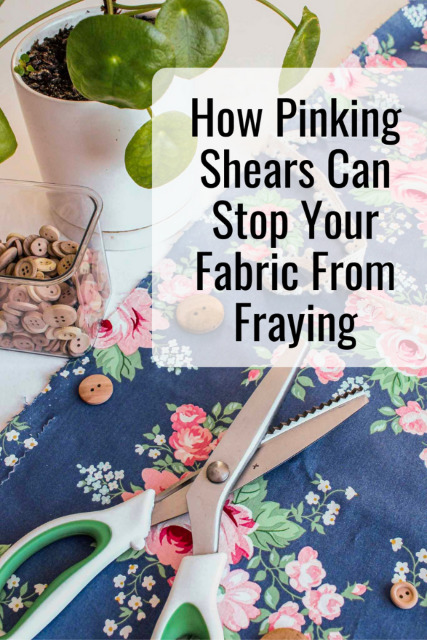How To Stop Material From Fraying

Fraying fabric, the bane of many a sewist's and crafter's existence, can quickly turn a beautiful project into a mess of loose threads. Fortunately, a variety of methods exist to prevent this unraveling, ranging from simple hand-sewing techniques to more advanced serging and chemical treatments. Understanding these methods is key to preserving the integrity and longevity of fabric creations.
This article will delve into the most effective techniques for stopping fabric from fraying. We will explore both traditional and modern approaches, providing practical advice for securing edges on a wide range of fabrics and projects. The goal is to empower readers with the knowledge and skills to confidently tackle any sewing or crafting endeavor without the fear of unwanted fraying.
Understanding the Enemy: Why Fabrics Fray
Fraying occurs because woven fabrics are composed of interlacing warp and weft threads. When these threads are cut, they are no longer secured at the edge and begin to unravel.
The degree of fraying depends on several factors, including the type of fiber, the weave structure, and the fabric's finish. Loosely woven fabrics, like linen, tend to fray more readily than tightly woven fabrics like denim.
Tried-and-True Techniques: Hand Sewing and Machine Options
One of the simplest methods is the zigzag stitch. A zigzag stitch, executed by machine or by hand, creates a secure edge that prevents threads from unraveling.
For a more decorative and durable finish, consider the overcast stitch. This hand-sewing technique wraps the edge of the fabric, encasing the raw edge and preventing fraying. It's particularly useful for delicate fabrics.
The blind stitch, another hand-sewing option, can create an invisible hem. This is ideal for projects where a clean, finished edge is desired without visible stitching.
Using pinking shears is a quick and easy way to mitigate fraying. Pinking shears create a jagged edge, which reduces the surface area available for threads to unravel.
While pinking shears are effective for many fabrics, they may not be suitable for fabrics that fray excessively. For such fabrics, a more secure method may be required.
The Power of Serging: A Professional Finish
A serger, also known as an overlock machine, is a specialized sewing machine that simultaneously trims, sews, and overcasts the edge of fabric. This creates a professional-looking, durable finish that effectively prevents fraying.
Sergers are particularly useful for sewing garments and other items that will be frequently washed and worn. The overlocked edge provides a secure barrier against unraveling, even after repeated laundering.
While sergers require an initial investment, they can save time and effort in the long run, especially for those who sew frequently.
Binding and Facing: Enclosing Raw Edges
Binding involves attaching a strip of fabric along the raw edge of another fabric. This effectively encloses the raw edge, preventing fraying and adding a decorative touch. Binding is commonly used on quilts, blankets, and other textile projects.
Facing is similar to binding, but involves using a shaped piece of fabric to enclose the raw edge. Facing is often used on necklines, armholes, and other curved edges of garments.
Both binding and facing offer a clean and professional finish, while also preventing fraying.
Fusible Interfacing and Fray Blockers: Modern Solutions
Fusible interfacing can be ironed onto the back of fabric to add stability and prevent fraying. This is particularly useful for lightweight fabrics or areas that require extra reinforcement, such as buttonholes.
Fray Check and similar products are liquid solutions that can be applied to raw edges to prevent fraying. These solutions penetrate the fabric and create a stiff, sealed edge.
While fray blockers can be effective, it's important to test them on a scrap of fabric first to ensure they don't discolor or damage the material.
Hemming: Securing the Edge for a Finished Look
Hemming is a crucial step in preventing fraying on the bottom edge of garments, curtains, and other fabric items. There are various hemming techniques, each offering a different level of security and aesthetic appeal.
A simple folded hem involves folding the raw edge of the fabric over twice and stitching it in place. This creates a clean and durable hem that effectively prevents fraying.
For a more invisible hem, consider using a blind hem stitch, either by hand or with a sewing machine. This technique creates a nearly invisible hem that is ideal for delicate fabrics or projects where a clean, finished look is desired.
Choosing the Right Technique: Considering Fabric Type and Project
The best method for stopping fraying depends on the type of fabric, the intended use of the item, and the desired aesthetic. For delicate fabrics, hand-sewing techniques or fray blockers may be the most appropriate options.
For heavier fabrics or items that will be frequently washed, serging or binding may be more durable choices. Consider the pros and cons of each technique before making a decision.
Experimenting with different methods on scrap fabric is always a good idea. This allows you to determine which technique works best for your particular project and fabric.
A Stitch in Time: The Importance of Prevention
Preventing fraying is essential for ensuring the longevity and beauty of fabric creations. By understanding the various techniques available and choosing the right method for each project, sewists and crafters can confidently create items that will stand the test of time.
Ignoring fraying can lead to costly repairs and a diminished appearance. Taking the time to properly secure edges is an investment in the quality and durability of your work.
From simple hand-sewing techniques to advanced serging, there's a method for every skill level and project. Embrace the power of prevention and say goodbye to frayed edges for good.




